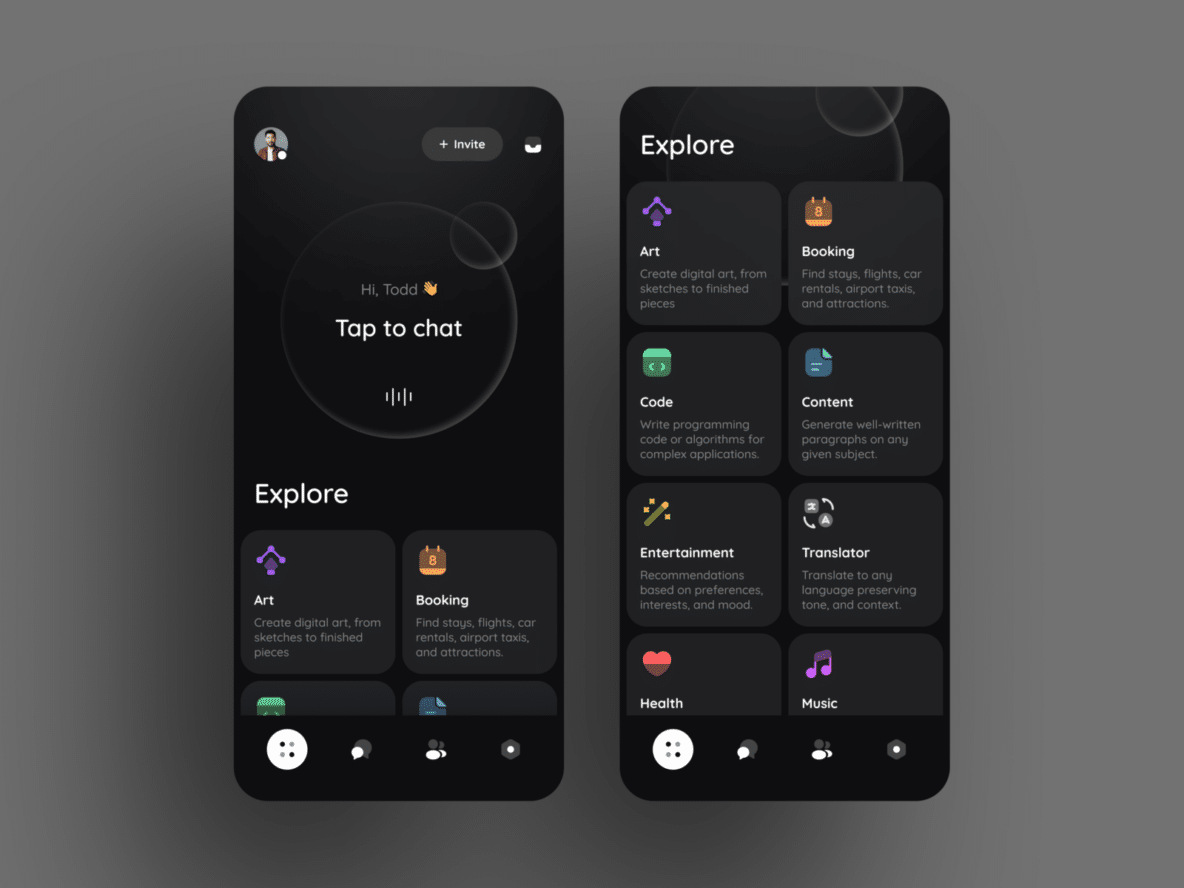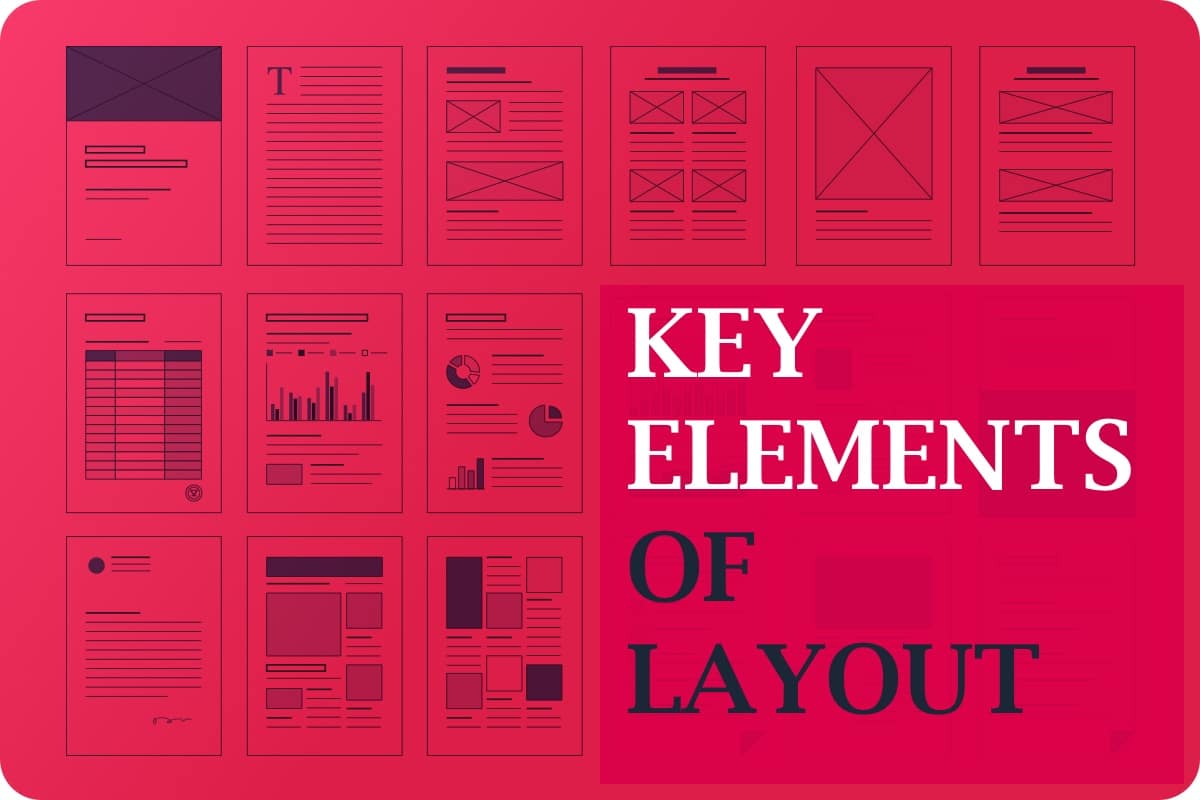In today’s digital landscape, personalization is not merely a preference—it’s an expectation. As users navigate through websites and applications, they seek experiences that resonate personally, crafted just for them. This demand for customized interaction has propelled the integration of artificial intelligence (AI) into web and app design, marking a revolutionary step towards adaptive user experiences. Let’s delve into how AI is shaping the future of personalized digital design.
The Power of AI in Personalizing User Experiences
AI’s role in web and app design transcends traditional boundaries, offering a dynamic approach to user personalization. By analyzing vast amounts of user data—preferences, behaviors, and engagement history—AI algorithms can tailor digital experiences in real-time. This capacity for AI to understand and predict user needs ensures that every interaction is relevant, engaging, and satisfying.
Imagine logging into a financial app and being greeted with insights and recommendations tailored to your spending habits, or a health app that adjusts its interface based on your fitness progress. This level of personalization not only enhances user satisfaction but also significantly boosts engagement.
Case Studies of AI-Driven Personalization
Several pioneering companies have already harnessed AI to offer personalized experiences. Netflix’s recommendation engine, powered by AI, analyzes user interactions to suggest shows and movies. Similarly, Spotify employs AI to curate personalized playlists, enhancing user engagement and loyalty. These examples underscore the tangible benefits of AI in crafting bespoke user experiences.
Implementing AI Personalization Strategies
Integrating AI-driven personalization into web and app design requires a thoughtful approach. Here are some steps to consider:
1. Data Collection and Analysis: Collect user data ethically and analyze it to understand user preferences and behaviors.
2. AI Tool Selection: Choose AI tools and platforms that align with your personalization goals. TensorFlow, PyTorch, and Adobe Sensei are notable mentions.
3. User Testing and Feedback: Continuously test the personalized features with real users to refine and adjust the AI models.
Data Collection and Analysis
The foundation of any AI-driven personalization strategy is data. Collecting user data ethically involves obtaining explicit consent, ensuring transparency about what data is collected and how it will be used. This process not only respects user privacy but also builds trust. After collection, the next step is data analysis. Using advanced analytics and machine learning algorithms, businesses can derive insights into user preferences, behaviors, and engagement patterns. This analysis helps identify trends and user segments, enabling the creation of personalized content and recommendations.
Key Considerations:
Consent and Transparency: Always inform users about the data you collect and obtain their consent.
Data Quality: Ensure that the data collected is accurate, relevant, and collected in real-time for the most effective analysis.
Privacy Compliance: Adhere to data protection regulations such as GDPR or CCPA to protect user privacy.
AI Tool Selection
Choosing the right AI tools and platforms is crucial for implementing effective personalization strategies. TensorFlow, PyTorch, and Adobe Sensei are among the leading tools known for their machine learning capabilities, which can be leveraged to tailor user experiences. Each tool has its strengths:
TensorFlow is renowned for its flexibility and scalability, suitable for both research projects and production deployments.
PyTorch offers dynamic computational graphing that allows for more intuitive coding of complex architectures.
Adobe Sensei excels in creative content personalization, harnessing AI to predict and deliver content that resonates with individual users.
Key Considerations:
- Compatibility: Ensure the selected AI tools are compatible with your existing tech stack.
- Scalability: Choose tools that can scale with your user base and data volume.
- Community and Support: Consider tools with strong community support and documentation to facilitate development and troubleshooting.
User Testing and Feedback
The implementation of AI-driven personalization is not a set-and-forget process. Continuous user testing and feedback are essential to refine and adjust AI models. This involves deploying personalized features to a subset of users, gathering feedback, and monitoring how these features impact user behavior and satisfaction. A/B testing can be particularly effective, comparing the performance of AI-personalized experiences against non-personalized ones to gauge impact.
Key Considerations:
- Iterative Testing: Use an iterative approach to testing, gradually expanding the user base as the model’s accuracy improves.
- Quantitative and Qualitative Feedback: Collect both quantitative data (e.g., engagement rates, conversion) and qualitative feedback (e.g., user surveys) for a comprehensive understanding of the user experience.
- Model Adjustments: Be prepared to continuously adjust AI models based on feedback, ensuring that personalization evolves with changing user preferences and behaviors.
By following these expanded steps—ethical data collection and analysis, careful AI tool selection, and continuous user testing and feedback—businesses can create dynamic and personalized user experiences that significantly enhance engagement and satisfaction.
Challenges and Considerations
While AI offers remarkable opportunities for personalization, it also presents challenges. Data privacy is a paramount concern; businesses must ensure they are transparent about data use and comply with regulations like GDPR. Moreover, the complexity of AI systems demands a solid technical foundation and ongoing maintenance to adapt to evolving user needs.
Conclusion
AI-driven personalization is not merely a trend but a foundational shift in how businesses engage with their users. As we move forward, the integration of AI in web and app design will become increasingly critical for companies aiming to offer truly personalized experiences. By embracing AI, businesses can unlock new levels of engagement, satisfaction, and loyalty.
Creative27 is at the forefront of incorporating AI into digital design solutions. With our deep expertise in AI and user-centric design, we empower businesses to create unparalleled personalized experiences. Explore how Creative27 can transform your digital products with AI-driven personalization, ensuring your brand stays competitive and relevant in the digital era.












